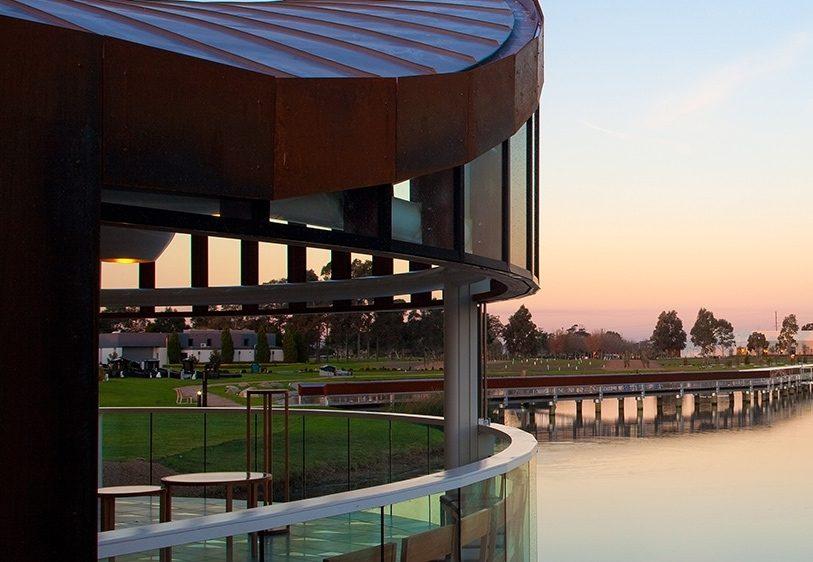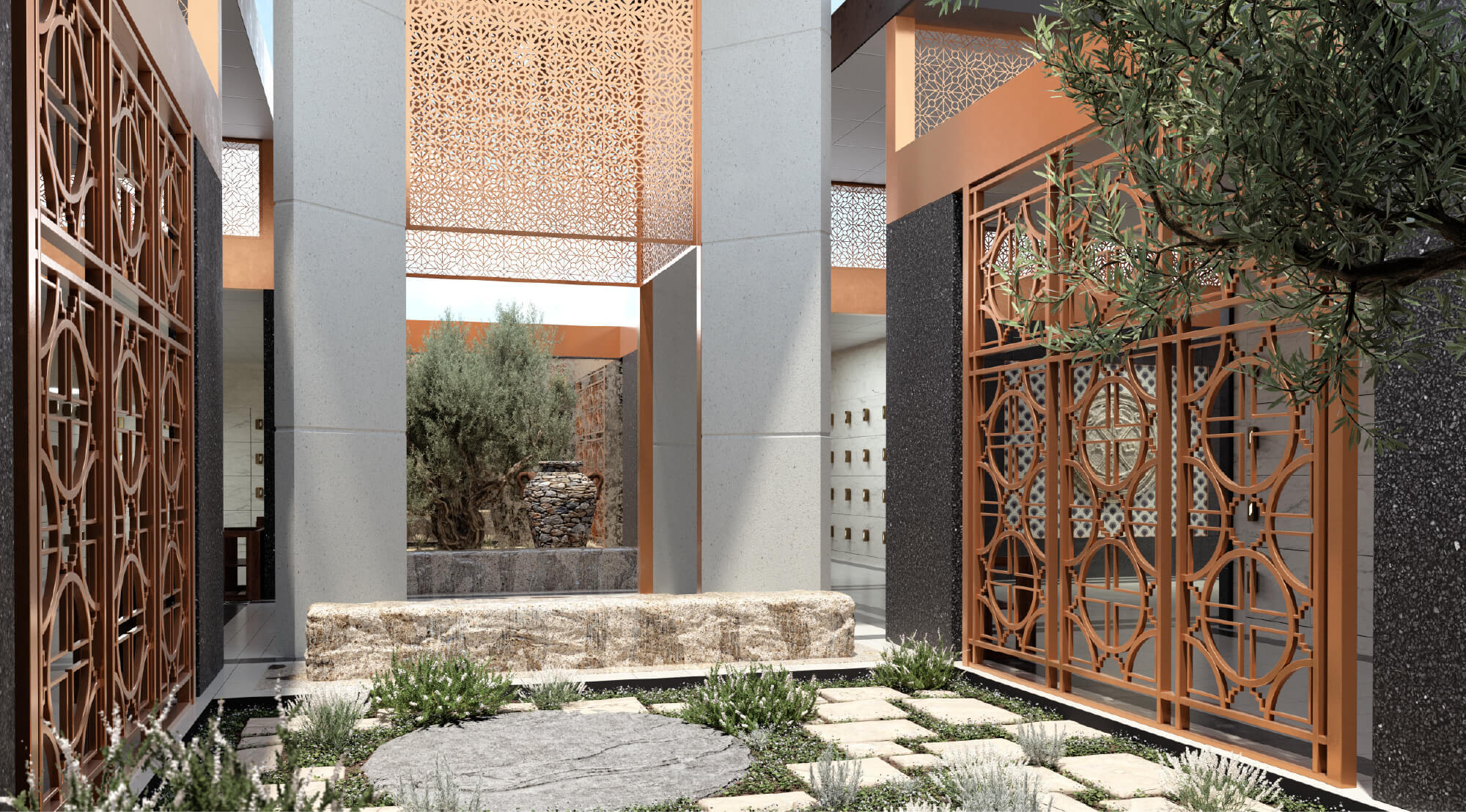All about AIMS: 10 questions with Jo McDonald

All organisations need to look after their assets, with management systems playing a central role in the process. Buildings, machinery, equipment and tools need maintenance and management, grounded in solid methodology.
The good news for us at SMCT is that we have Jo McDonald and her team at the forefront of ensuring our system is one step ahead of the rest. We sat down (virtually, of course) with Jo to learn a little more about our new Asset and Information Management System (AIMS) and how it will help us take efficiency to the next level.
Tell us a bit about your role at SMCT.
I am SMCT’s Facilities and Maintenance Manager, and one of my deliverables is to identify and implement efficiencies and value for SMCT with regard to asset management. I have been a part of SMCT for almost six months now – how time flies!
What’s been the best thing about working here?
Definitely my colleagues and the sense of ‘team’ at SMCT.
What’s been the biggest challenge so far?
Rolling out our new Asset and Information Management System (AIMS) for the organisation, working closely with system creator, Urbanise, and doing this in such a short time frame. We’ve had to work at a fast pace and are now are fully prepared for the upcoming Asset Management Accountability Framework (AMAF) audit!
In one sentence, what is our Asset and Information Management System (AIMS) all about?
The new Asset and Information Management System will allow SMCT to keep track of the number, location, performance, and condition of all owned assets. In a nutshell, it’s a system that allows us to very effectively manage all existing and new assets (excluding IT equipment) for the organisation.
What is the number one goal your team hopes to achieve with the launch of this system?
To create an intuitive asset management tool and establish a much simpler and comprehensive process that will allow us to sustainably manage our assets, plan work requests and allocate jobs efficiently.
How would you describe the key benefit of the new system?
AIMS will make asset management easy and much more effective. It will give us an easy way to plan work requests and allocate tasks across our sites, it will allow us to respond to reactive and planned jobs, and to capture planned maintenance. It will offer us a very holistic approach to asset management.
How did the project come about?
In late December 2019, we launched a strategy which sought to improve asset management methodologies and systems for SMCT. As part of this, we identified that our asset management system needed enhancing to ensure we were operating a best practice model.
We are continually investing in new infrastructure so it’s a priority that we ensure that current and future assets are being accurately risk-assessed, maintained and managed.
What kinds of assets will the new system manage?
The AIM system will house a variety of assets including our physical infrastructure; roads and pathways; fleet and vehicles; and any major water supply pumps.
Who will be using the new system?
AIMS will be used by our Finance and Facilities & Infrastructure teams, as the two teams that are closely involved in the asset lifecycle, from purchase and maintenance, through to disposal. The teams have already participated in some great training, which was specially tailored for SMCT and those using the system will be supported by helpful resources to get them started.
What’s the one thing you’d love your colleagues to remember about AIMS?
It WILL make life easier – just watch!
We look forward to following Jo and her team as they continue to implement this new and improved management solution that will see us taking efficiency to the next level.
Contact Jo to learn more about our new asset management solution or get in touch with communications@smct.org.au if you have a project you think your colleagues might want to learn more about.





